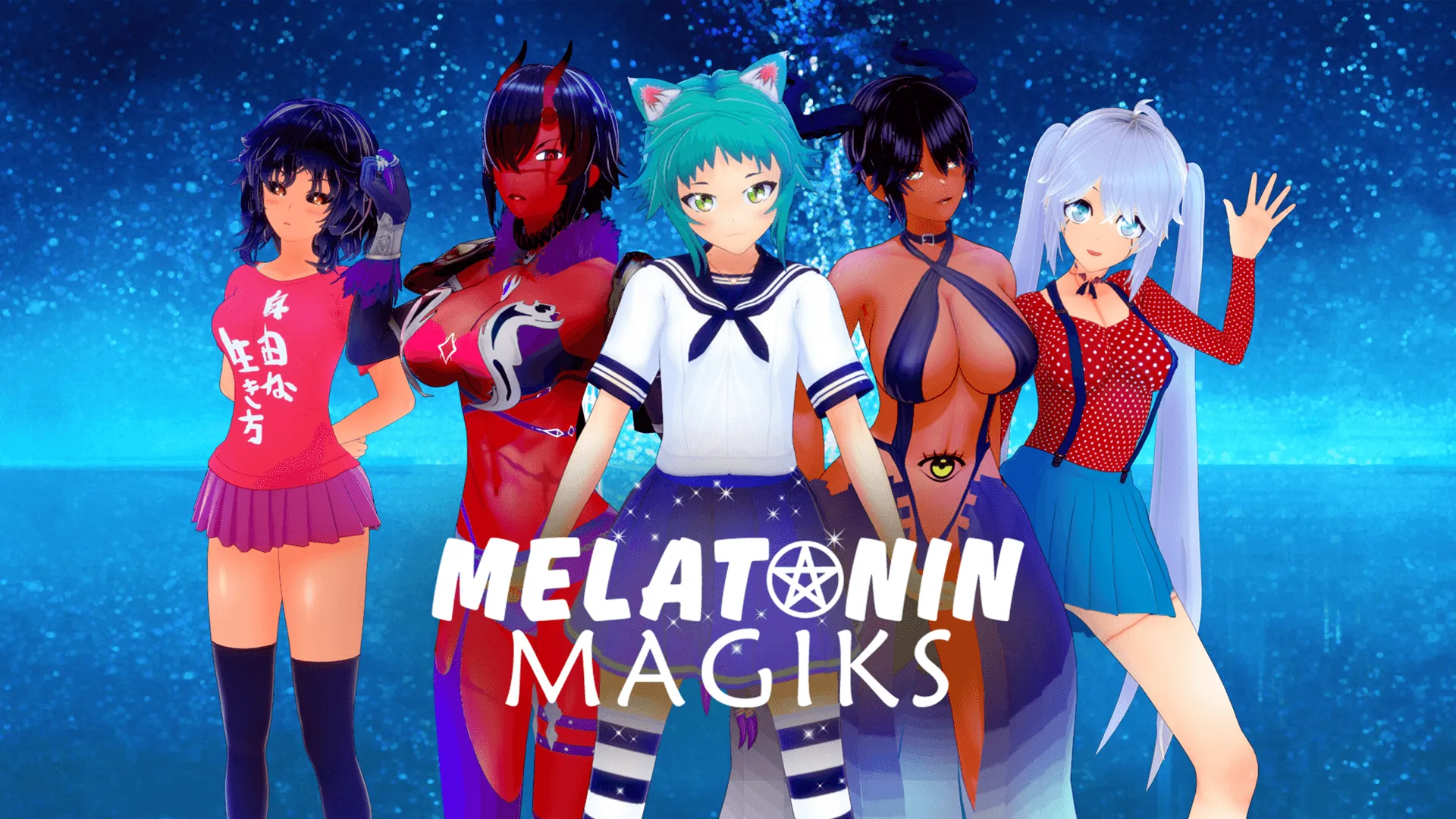
Something to Write About: The Author
Play Something to Write About: The Author
Something to Write About: The Author review
Exploring the Unique Interactive Experience and Storytelling of Something to Write About: The Author
Something to Write About: The Author is a distinctive interactive storytelling game that invites players to engage deeply with narrative creation. Unlike traditional games, it centers on writing and creativity, allowing players to shape the story through their own words. This article explores the game’s core features, narrative depth, and how it offers a personalized experience that blends storytelling with player choice, making it a standout title in its category.
What Makes Something to Write About: The Author Unique?
Ever find yourself playing a game and thinking, “I wish my character would say this,” or “I would handle this situation so differently”? 🤔 Most games give you pre-set dialogue wheels or simple “good/evil” choices. But what if you had the power of the author? ✍️ That’s the exact magic Something to Write About: The Author conjures. It’s not just a game you play; it’s a story you write, line by line, decision by decision. This interactive storytelling game stands apart by handing you the pen and inviting you to become a co-author of a deeply personal narrative. Let’s dive into what makes this experience so special.
Core Gameplay Mechanics
At its heart, the Something to Write About gameplay is beautifully simple yet infinitely complex. You don’t just click on options; you type them. This text-based input game mechanic is the core of everything. You are presented with a scenario—perhaps your character, an aspiring writer, is at a tense family dinner or a vulnerable moment with a love interest. The game then prompts you with a simple instruction: “What do you say?” or “What do you write in your journal?”
The freedom is intoxicating. 🎉 You can be sarcastic, sincere, confrontational, or compassionate. You can write a single word or a full paragraph. The game’s AI doesn’t just look for keywords; it understands context and intent, weaving your unique contributions directly into the narrative fabric. This is where the unique gameplay features Something to Write About truly shine. You’re not just guiding a character; you are defining their voice, their personality, and their very soul through your words.
I remember one playthrough where my character was confronted by a jealous rival. Instead of choosing a fight or flight response, I had him respond with a cryptic, philosophical quote. The game didn’t just accept it; the rival character was taken aback, the scene shifted from confrontation to a confused standoff, and it later became a recurring theme in their relationship. That moment was entirely mine. It wasn’t in the developer’s script; it was in my head, and the game made it real.
This system makes you an active participant in a way few other games can. The player choice narrative isn’t about picking path A or B; it’s about crafting path Z, a path that only you could imagine.
| Gameplay Feature | Narrative Element | Player’s Role |
|---|---|---|
| Text-Based Input | Direct control over dialogue and internal monologue | Author & Scriptwriter |
| Context-Aware AI | Dynamic story progression that adapts to player input | Creative Director |
| Unscripted Scenarios | Emergent storylines and character relationships | Story Architect |
Narrative Style and Player Involvement
The narrative style in this interactive storytelling game is what truly redefines player agency. Most narratives are on rails, with your choices merely switching tracks. In Something to Write About: The Author, you’re building the tracks as you go. 🚂 The story is a collaborative dance between you and the game. Because your input is freeform, the outcomes are wildly unpredictable and deeply personal.
This creates an unparalleled level of player choice narrative. Your words have weight. A careless comment you type in chapter two might come back to haunt your character in chapter five. A heartfelt journal entry you compose can unlock a new, intimate story branch with another character. The game remembers everything, because you wrote it. This isn’t an illusion of choice; it’s the real deal. You feel responsible for your character’s joys and sorrows in a way that is profoundly engaging.
Pro Tip: Don’t be afraid to let your character be flawed! Typing out a petty or insecure response can lead to some of the most authentic and rewarding character moments in the game.
The beauty of the Something to Write About gameplay is that it forces you to think, not just click. You have to consider your character’s motivations, the other person’s perspective, and the long-term consequences of your words. It’s a writing exercise, a role-playing experience, and a psychological exploration all rolled into one. You’re not just involved in the story; you are essential to its very existence. 🙌
Character Development and Emotional Depth
If the mechanics are the skeleton and the narrative is the body, then the character development in Something to Write About is the game’s beating heart. ❤️ This is where the experience achieves its remarkable emotional depth in game. The protagonist isn’t a blank slate; they come with a history, dreams, and insecurities. However, it is through your words that these traits are expressed, challenged, and evolved.
The game’s characters feel startlingly real because your interactions with them are unscripted. Your best friend in the game isn’t just responding to a pre-written line of dialogue; they are reacting to the specific sentence you crafted. This leads to organic relationships that can be tender, complex, or even painfully awkward—just like in real life. The emotional depth in game comes from this authenticity. You aren’t watching a relationship unfold; you are actively building it, word by word.
I formed a bond with a character named Leo, a fellow writer struggling with imposter syndrome. In one scene, instead of offering generic encouragement, I typed out a long, personal anecdote about my own real-life fears of failure. The game processed this, and Leo’s response was not one of generic gratitude, but a raw, vulnerable admission of his own that deepened our fictional friendship significantly. It was a powerful moment of connection that I had authored. 😢
This level of character development in Something to Write About ensures that no two playthroughs are alike. Your protagonist might be confident and witty in one story, and introspective and hesitant in another. The game provides the canvas and the paints, but you create the portrait. This process makes the journey intensely immersive and the conclusion—whatever it may be—feel truly earned. You don’t just reach the end of a story; you conclude a journey that you personally wrote into being, and that is a uniquely powerful and memorable experience. ✨
Something to Write About: The Author offers a refreshing departure from conventional gaming by placing storytelling and player creativity at its core. Its unique mechanics empower players to shape a deeply personal narrative, enriched by complex characters and meaningful choices. Whether you are drawn to immersive stories or innovative gameplay, this game provides a compelling experience that challenges traditional boundaries. Dive in and discover how your words can craft a world uniquely your own.










